Making Impulse Items Work
Impulse items are a great way to add on to existing sales. But what is the best way for garden center retailers to make sure customers take notice? It is important not to bombard customers at checkout with overflowing displays, but retailers need to somehow pique customers’ interest. It turns out simplicity may be the answer: A few well-placed, season-appropriate, inexpensive products are a good way to increase impulse sales. It doesn’t hurt to make sure your customers know about featured impulse items through well-placed signage throughout your store.
Maintain Uncluttered Displays
An attractive, colorful display is key to sparking a spontaneous purchasing moment, said Angie Eckert, retail manager of Eckert’s Garden Center, Belleville, Ill. Basically anything colorful grabs attention, whether needed or not, and is likely to be added to the cart.
Eckert picks up tips from retail expert John Stanley, who recommends uncluttered checkout lane shelving stocked with three or four items for the eye to focus on. Less is more. Avoid creating a display that can’t be digested in a few minutes while customers wait in line. A customer is more likely to pick up one of three products presented that are accompanied by simple signs stating their specific uses.
At Eckert’s Garden Center, items assigned to the wooden shelves of the checkout lane are interchanged monthly. Eckert plans in advance what will be featured. She wants to be certain enough of the product is on hand to create the display and it is relevant to the correct season.
The Right Price
Price plays a major role in the impulse-buying scenario. Staging items under $10 in impulse zones aids buyers in justifying their actions. Customers are more able to rationalize purchases under $10 because they are generally not seen as “major” purchases. If the price is more than $20, customers are more likely to weigh whether or not they need to make the extra purchase. Additionally, products that don’t require installation or aren’t complicated, like garden stakes, stepping stones or small statues, tend to be spontaneously purchased more, said Eckert.
Ken Long, part owner of L.A. Reynolds Garden Showcase, Winston-Salem, N.C., has discovered a certain item that is often purchased as a spur-of-the-moment sale in his store: Priced under $10, hand trowels in assorted colors sell like hotcakes year round. He has them arranged on standard, waist-high shelf end caps in front of the registers. Anything more than $10 just doesn’t sell, commented Long.
Inexpensive, colorful items are key. Long feels flower fertilizer packaged in colorful, shiny, plasticized bags displays well. The packages are stacked on a pallet at the register area. There is also a display of potting soil for $4.99. Late in spring, Long adds the inexpensive, $.99 plant watering spike to the register aisle shelves.
Retailers should sort out popular hard-good items that are under $10. Anyone with a good POS system can discern appropriate impulse items specific to a particular garden center’s location and consumer base, said Long.
Find The Right Place
Placement is critical, said Eckert. The product itself determines the best placement. Try positioning products near related category areas, she advised. Cross-merchandising impulse items creates add-on opportunities. For instance, small bags of fertilizers and soil enhancing products work well in the proximity of pottery. “If picking out a pot, [consumers] are likely going to plant something in it and are thinking about those items, so a visual reminder of the need creates that spontaneous moment of picking it up. They may not know they need it, but seeing it, they think, ‘Yes, I need that,'” said Eckert The entry area in front of the register is the last chance to easily grab wants and needs, but it is not enough, said Eckert. Impulse products need to be stationed throughout the plant material displays and gift merchandise areas to impact people more than once.
For consumers, shopping is a distracting process of juggling personal property and purchases. Customers aren’t always noticing what products are vying for their attention. “If they can be reminded subtly throughout the whole store visit that there are other things they may need to go with what they are purchasing, they won’t notice the hard sales pitch, and your opportunities for increasing your average sale is better,” counseled Eckert.
Reinforce The Product
By the time customers queue up in the checkout line at Strange’s Garden Centers in Richmond, Va., they have already seen signs that Tom Rush, general manager at Strange’s, has posted all throughout the store. “Customers may see the same sign message 10 times before getting to the register. By that time, they are preconditioned,” he pointed out. In addition, store clerks inform customers about the featured items and cashiers inquire about each customer’s interest in the available items, which are generally hard goods under that $10 price point.
Rush doesn’t rely on the appearance and convenience of the 6-ft. traditional end cap-wrapped gondola counters. Strange’s displays are designed to attract interest from customers, and Strange’s staff creates unique impulse displays using the featured products.
Units are kept full and the stock is rotated monthly, but the product mix never includes large, bulky, expensive items. “It should be product that caters to the largest audience possible, pick up items such as gloves and hand trowels: The items priced at $4.99 down to the $.50 plastic saucers. They may not be sure they have one at home, and since ours are inexpensive, they don’t mind picking up another,” explained Rush.
Think In Bulk
Mike Pasquesi, part owner of Pasquesi Home and Garden, Lake Bluff, Ill., remarked, “We go for the bulk look, a mini pallet of product in the aisle near the product area. The customer’s premise seems to be that, “If the store has a lot, then I must need it.”
The bulk items are positioned so that customers who are shopping can’t miss seeing them; they are also placed in proximity to similar product categories. If the customers miss the first display, another opportunity to buy the bulk items exists on certain plant tables and again at the register.
The choice of what to promote for an impulse sale depends on the season, and the best ones are basic, simple products that everyone needs, Pasquesi recommended. “Those that are a bit more unique or complex and not known don’t do as well as the well-known sure-sell MiracleGro.” Basic fertilizers are juxtaposed next to the cartload of seasonal plants garden shoppers are looking to purchase.
The top-selling impulse attractants range in price: In Pasquesi’s estimation, from $4.99 to $14.99, but the optimum is right at $9.99. “When customers are spending hundreds of dollars on plants, they don’t mind another $10,” he said.
Periodically, when an added sales push is desirable, Pasquesi offers a print coupon for $1 off the impulse item of choice. The coupons are a visible reminder to customers and an addition to the product displays. Sales clerks carry them and remind shoppers of their availability. “The sales clerks,” said Pasquesi, “are really the ones that promote impulse product with their recommendations.”

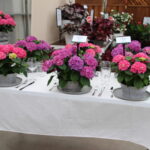
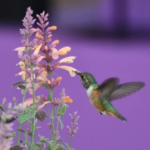
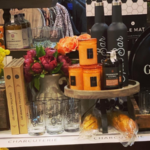
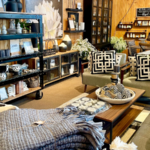

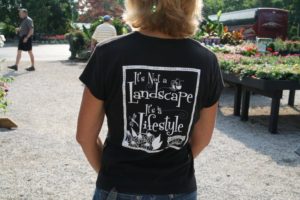
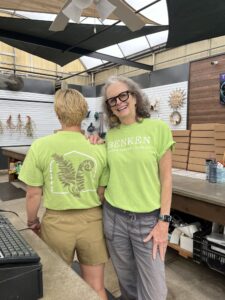

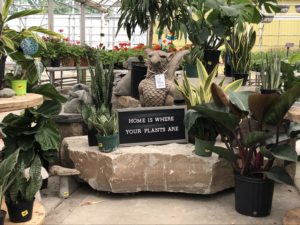
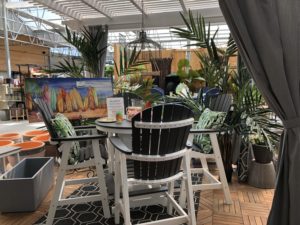
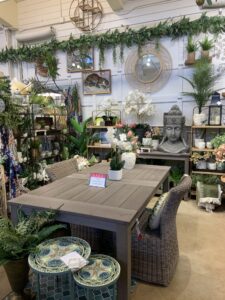
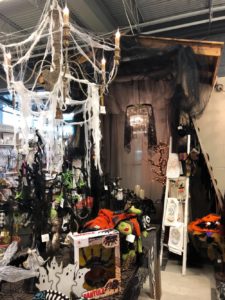
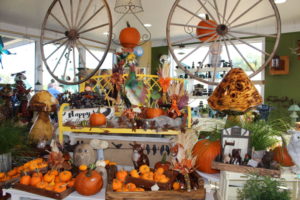
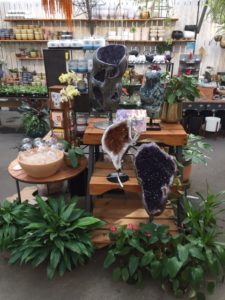
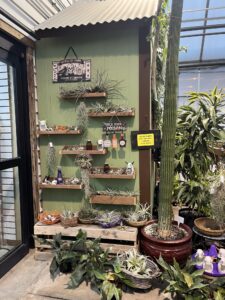
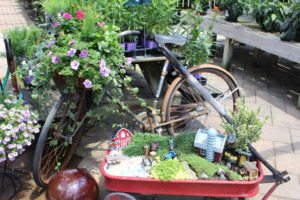
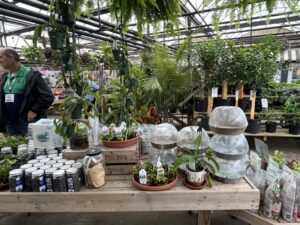
 Videos
Videos





